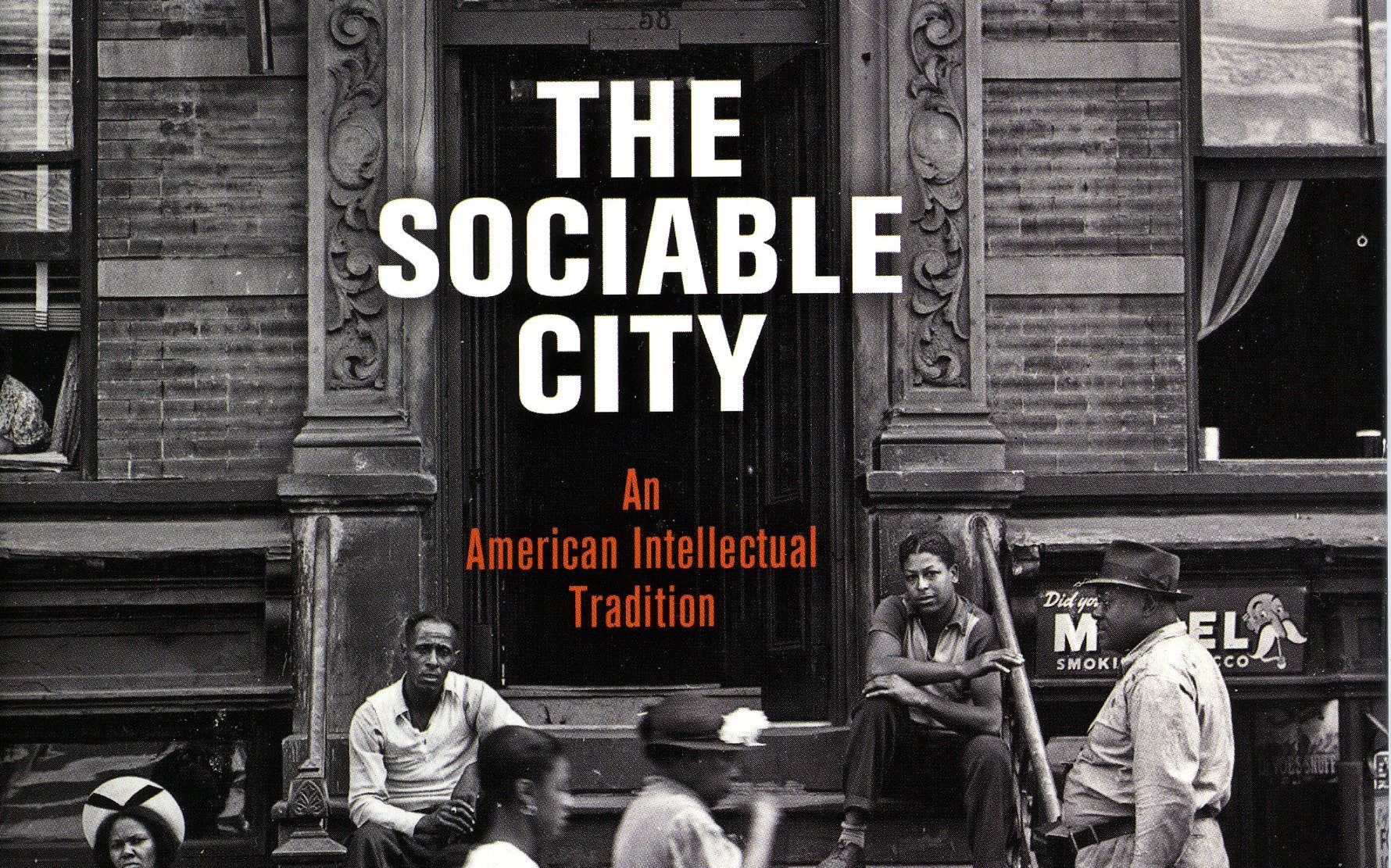A. Paul Glauser, AICP - CNU Utah Board Member
On a recent visit to Washington, DC, I stayed several days at a hotel which didn’t offer free internet in the guest rooms, but it was available in the lobby areas. Consequently, I spent a little of each day camped out with my IPad in the lobby. It became fairly common for other hotel guests coming and going to get off a simple ”Hi” to me, or in some cases to make comments about the hotel’s internet, or about what was on the TV on the wall behind me, or about the university t-shirt I was wearing. And I came to relish these very brief interactions with complete strangers, from backgrounds unknown, who I would never see again but with whom I shared the common bond of being a visitor to the City. A couple of times I actually left my hotel room in the evening and hung out in the lobby for a few minutes in hopes of having more such interactions.

As urbanists of various stripes, a key idea we stand for is that urban places should be vibrant, full of life – places where people want to be, because other people are there also. This idea is woven throughout the Charter of the New Urbanism with statements such as these (italics added):
• Within neighborhoods, a broad range of housing types and price levels can bring people of diverse ages, races, and incomes into daily interaction, strengthening the personal and civic bonds essential to an authentic community. (Principle #13)
• Concentrations of civic, institutional, and commercial activity should be embedded in neighborhoods and districts, not isolated in remote, single-use complexes… (Principle #16)
• Streets and squares should be safe, comfortable, and interesting to the pedestrian. Properly configured, they encourage walking and enable neighbors to know each other and protect their communities. (Principle #23)
I have long taken for granted that these principles of “neighborliness”, of what it means to be a social creature in a city, are and always have been self-evident. In reality, however, our contemporary expectations for urban sociability are a fairly recent development. That city life is in large measure exemplified by our casual but frequent interactions with the grocery store clerk, with people we recognize on the street but to whom we may never say much more than “Hi” – we don’t think much about how this has become a defining quality of city living. We are not aware of most individual people in the city around us, yet we are generally aware of them as playing crucial parts in keeping our urban environment functioning. These understandings of how we are part of a larger social whole are intrinsic to modern urban life. Other more intimate relationships within our family or tribe will exist just about anywhere we live, whether we are city dwellers or not. But there is a particular class of casual fellow-feeling which is part and parcel of living in a city and which engenders much of the enjoyment we find in urban settings.
So argues Dr. Jamin Rowan in his book, The Sociable City: An American Intellectual Tradition (University of Pennsylvania Press, 160 pages, 2017). Dr. Rowan, an associate professor of English/American Studies at Brigham Young University (also a member of the Provo City Planning Commission), traces the evolution of our current notions of urban sociability from the late 1800s up to the present day. He takes us through the Settlement Movement’s formalized efforts to create settlement houses where established city residents and newly-arrived city-dwellers could find sympathy (akin to what we today would call a support network). He describes how this concept of neighborliness largely gave way during New Deal Urbanism to a greater focus on just the tribe-and-family relationships – and how that was detrimental to cities as social places. He shows how, post-WWII, cities came to be likened more and more to the interdependent ecologies which are observed in nature. Then he brings us into more familiar territory: Jane Jacobs and subsequent ideas incorporated into today’s New Urbanism.
Although Rowan talks about how Federal housing policy and other drivers of the built environment have influenced our changing thought about urban life, his greater attention is on manifestations of these changes in the novels, dramas, journalism, and other literary works of each period. Indeed, as The Sociable City’s title states, the focus here is on the intellectual traditions which underlie the way our cities have developed – traditions which offer valuable insights for all of us as urbanists into the “why’s” of New Urbanism.
The Sociable City is a rigorous journey. By the time I finished reading it, I had gained a new level of understanding about where our cities, and our modern ideals for urban places, came from. The book also points out that we haven’t reached any kind of summit in our thinking about how city life should be. How will our easy but often-shallow interconnections via social media, which link us routinely across cities, countries, and even continents, change city life, and then urban physical form, in the coming decades? Dr. Rowan’s book offers a well-considered platform for speculating about that.
(Dr. Jamin Rowan, author of The Sociable City: An American Intellectual Tradition, will be keynote speaker at CNU Utah’s Annual Meeting On Wednesday, November 28, 2018, 7:30 a.m. Go to www.cnuutah.org/events to register for this event.)
About the author: Paul Glauser AICP has worked in urban planning and redevelopment in communities across Utah for over 38 years. In 2014, he retired as Director of the Provo City Redevelopment Agency. Since then, he has served in several volunteer capacities, including two years' volunteer service for his church promoting self-reliance in Russia. He now serves on the CNU-Utah Board and as Chair of the CNU-U Membership Committee.

